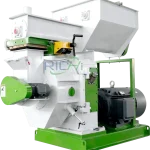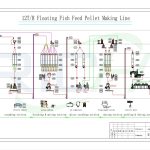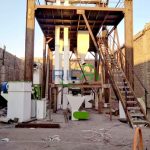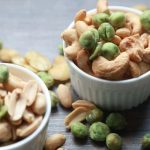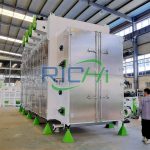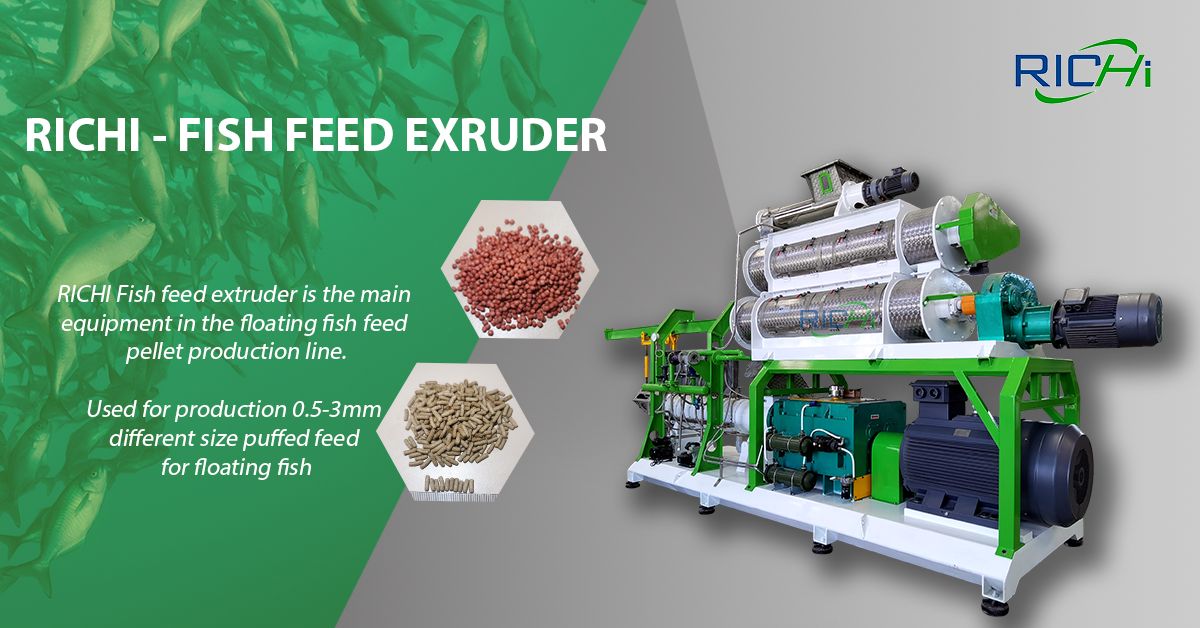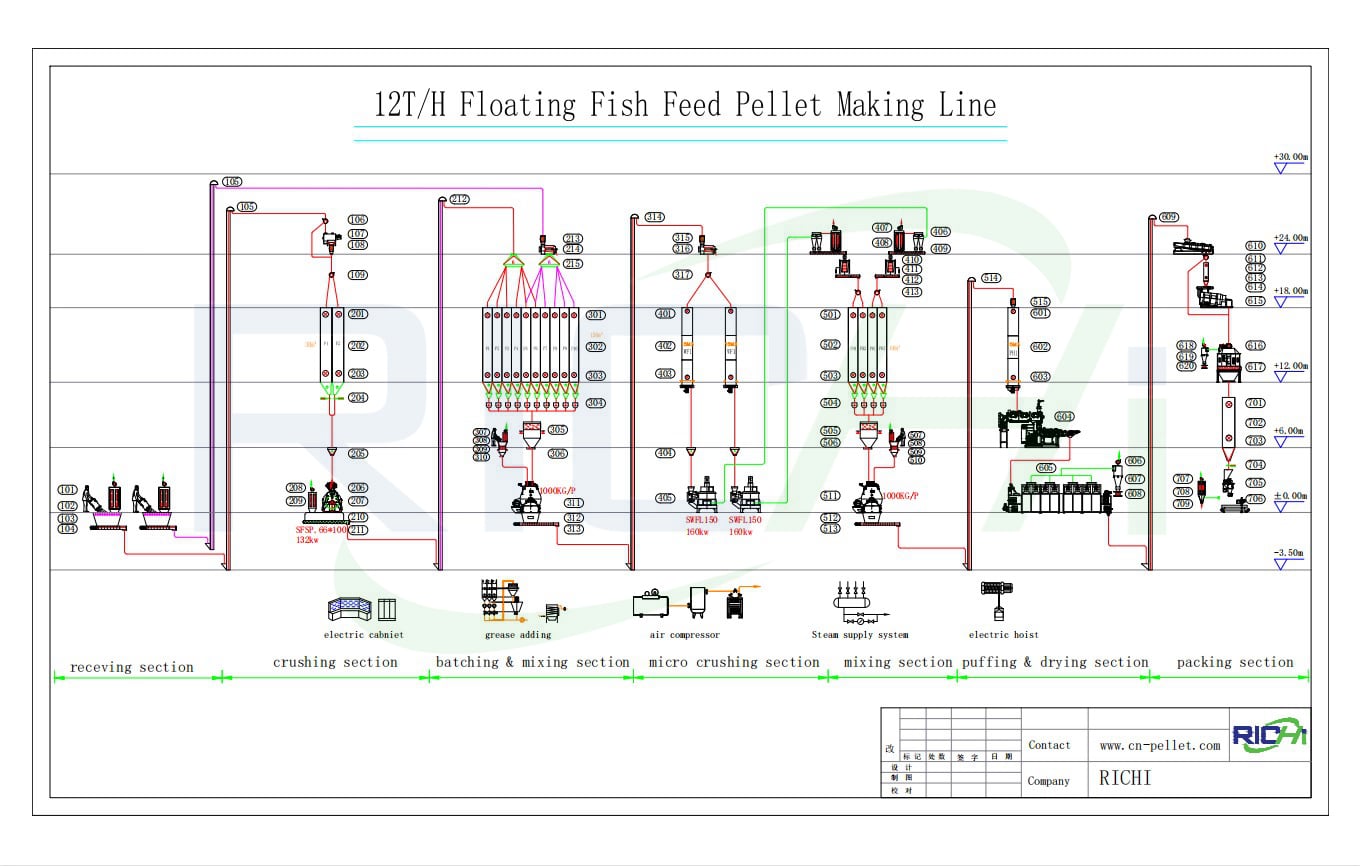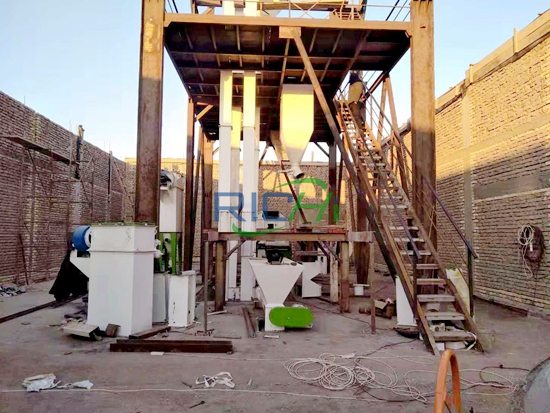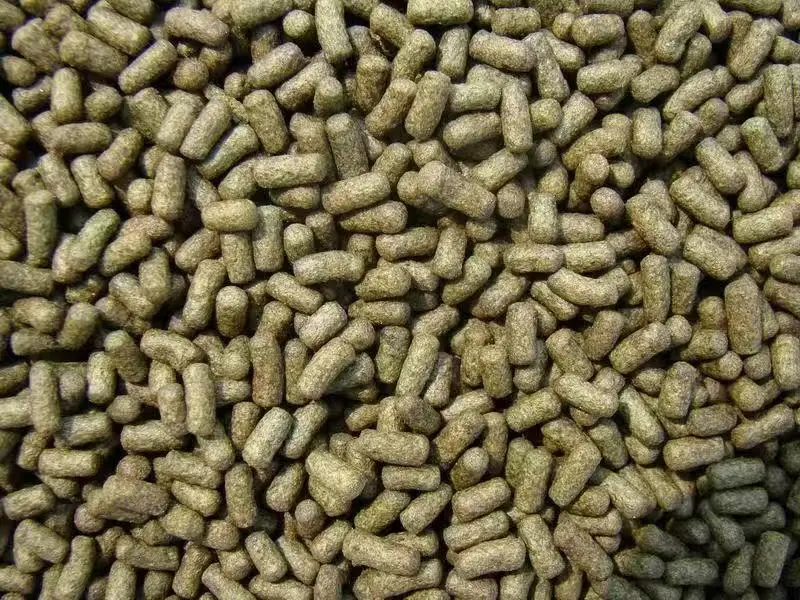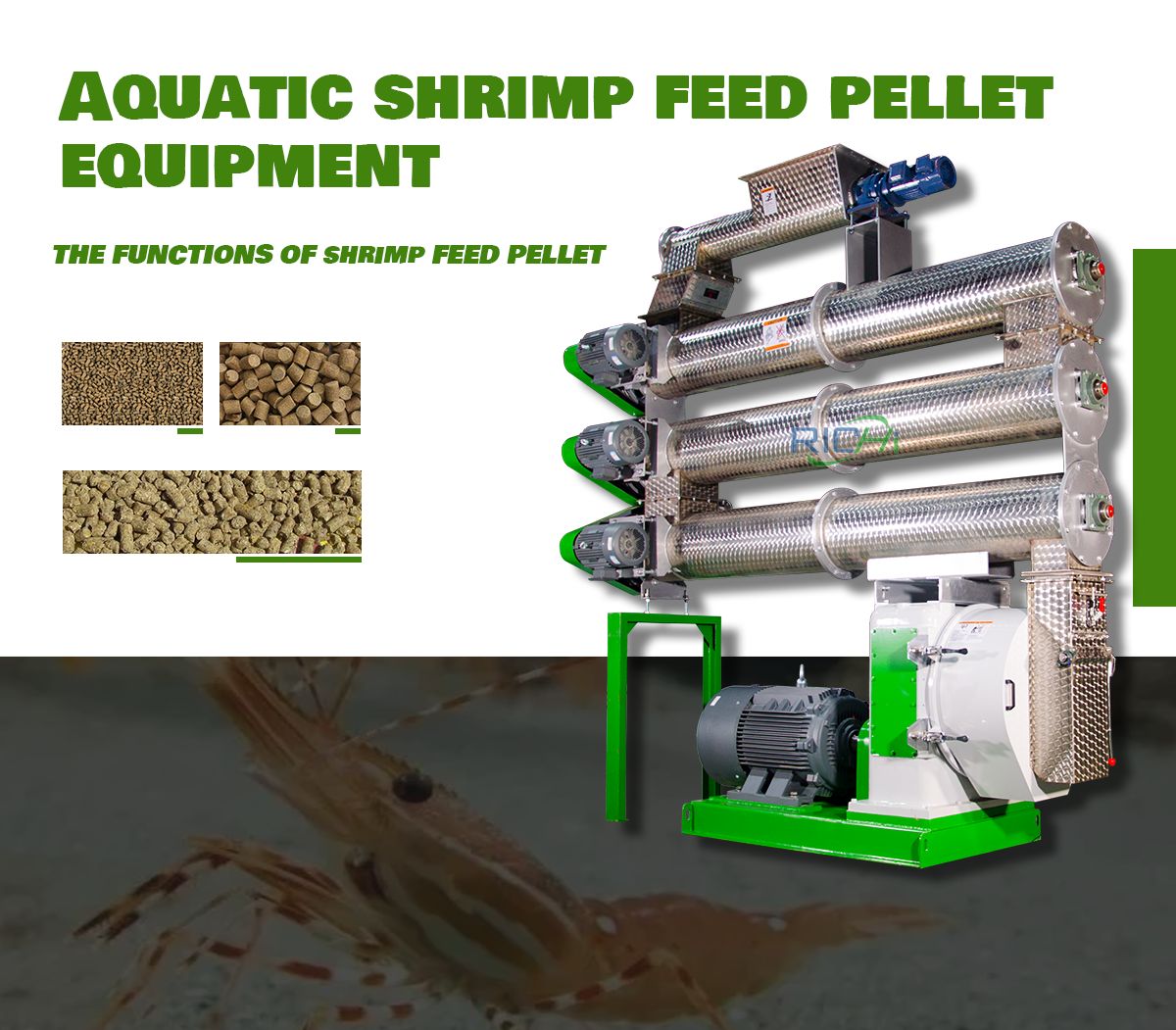The aquaculture sector has seen remarkable growth in recent years, resulting in a heightened demand for high-quality fish feed. Fish feed pellet making machines are essential in modern aquatic feed factories, facilitating the efficient production of nutritious and easily digestible feed for various aquatic species. This article examines the use of fish feed pellet making machines in aquatic feed factories, emphasizing their significance, advantages, and influence on the industry.
Significance of Fish Feed Pellet Making Machines
Fish pellet making machines are vital in aquatic feed production for several key reasons:
- Efficient Production: These machines enable the rapid and consistent production of large quantities of fish feed pellets, satisfying the needs of commercial aquaculture operations.
- Nutritional Control: By accurately mixing and processing ingredients, these machines help ensure the nutritional balance essential for optimal fish growth and health.
- Feed Consistency: Pellet making machines guarantee uniform size, shape, and density of feed pellets, which is critical for proper feeding and digestion in aquatic species.
- Customization: Modern machines can produce various pellet sizes and types (floating, slow-sinking, or sinking) tailored to different fish species and life stages.
- Cost-Effectiveness: Producing fish feed in-house using these machines can significantly lower feed costs for aquaculture operations.
Types of Fish Feed Pellet Making Machines
Aquatic feed factories commonly employ two primary types of fish feed pellet making machines:
- Extruders:
- Capable of producing floating, slow-sinking, and sinking pellets.
- Utilize high temperatures and pressures for better starch gelatinization and protein denaturation.
- Ideal for creating high-quality, easily digestible feed.
- Pellet Mills:
- Primarily produce sinking pellets.
- Suitable for high-volume production of dense pellets.
- Generally more energy-efficient than extruders.
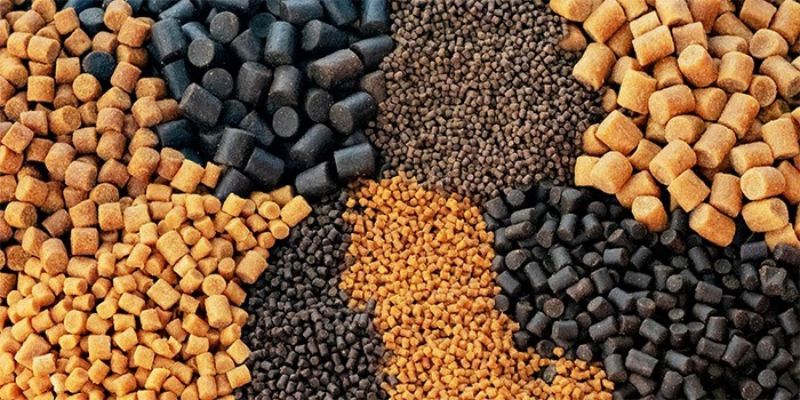
Application Process in Aquatic Feed Factories
The application of fish feed pellet making machines in aquatic feed factories typically involves the following steps:
- Raw Material Preparation:
- Ingredients are ground to the appropriate particle size.
- Dry ingredients are mixed according to the feed formulation.
- Conditioning:
- For extruders, the mixture is preconditioned with steam to adjust moisture and temperature.
- Pellet mills may use a conditioner to add moisture and heat before pelleting.
- Extrusion or Pelleting:
- In extruders, the mixture is cooked and formed into pellets under high temperature and pressure.
- Pellet mills compress the mixture through a die to form pellets.
- Cutting:
- Extruded or pelleted feed is cut to the desired length.
- Drying:
- Pellets are dried to reduce moisture content and improve stability.
- Cooling:
- Dried pellets are cooled to ambient temperature.
- Coating (optional):
- Oils, vitamins, or other additives may be applied to the cooled pellets.
- Packaging:
- The finished feed is packaged for storage or distribution.
Benefits of Using Fish Feed Pellet Making Machines
The implementation of these machines in aquatic feed factories offers numerous advantages:
- Improved Feed Quality: Enhanced control over ingredient mixing and processing results in higher quality feed with increased digestibility due to starch gelatinization and protein denaturation in extruded feeds.
- Increased Productivity: High-capacity machines can produce substantial volumes of feed to meet growing demand. Automated processes reduce labor requirements and enhance efficiency.
- Production Flexibility: The ability to produce different types and sizes of pellets for various aquatic species allows for easy adjustments of formulations to meet specific nutritional needs.
- Better Feed Management: Uniform pellet size and density enable more accurate feeding and minimize waste. Floating feeds produced by extruders facilitate easy observation of feeding behavior.
- Cost Reduction: In-house production decreases reliance on costly commercial feeds, and bulk purchasing of ingredients, coupled with efficient processing, lowers overall feed costs.
- Quality Control: Direct oversight of the production process ensures consistent feed quality, with the ability to quickly adjust formulations based on fish performance or market conditions.
- Environmental Benefits: Improved feed conversion ratios reduce waste and environmental impact, while better water stability of pellets minimizes water pollution in aquaculture systems.
Challenges and Considerations
Despite the many advantages of fish feed pellet making machines, aquatic feed factories must also navigate certain challenges:
- Initial Investment: High-quality machines entail substantial upfront costs.
- Technical Expertise: Operating and maintaining these machines requires skilled personnel.
- Energy Consumption: Some machines, particularly extruders, can be energy-intensive.
- Formulation Complexity: Developing optimal feed formulations for different species and life stages can be complex.
- Raw Material Quality: Consistent quality of raw materials is critical for producing high-quality feed.
Future Trends
The application of fish feed pellet making machines in aquatic feed factories is expected to evolve with several advancements:
- Increased Automation: The integration of AI and IoT technologies will enhance production efficiency and precision.
- Sustainability Focus: Development of machines capable of processing alternative protein sources and sustainable ingredients.
- Energy Efficiency: Innovations in machine design will aim to reduce energy consumption and improve sustainability.
- Precision Nutrition: Advanced systems will allow for real-time adjustments to feed formulations based on fish performance data.
- Miniaturization: Development of smaller, more efficient machines for on-site feed production at fish farms. (Related post: fish feed pelleting machine price)
Conclusion
Fish feed pellet making machines have become crucial in contemporary aquatic feed factories. Their application has transformed the production of fish feed, allowing the aquaculture industry to efficiently and cost-effectively meet the rising demand for high-quality, nutritious feed. As technology continues to advance, these machines will play an increasingly vital role in supporting sustainable aquaculture practices and addressing the nutritional requirements of farmed aquatic species.
The successful implementation of fish feed pellet making machines in aquatic feed factories relies on a combination of quality equipment, expert knowledge in feed formulation, and efficient production processes. As the aquaculture industry continues to grow and evolve, the role of these machines in producing specialized, high-performance feeds will become ever more significant, driving innovation in both machine design and feed technology.

